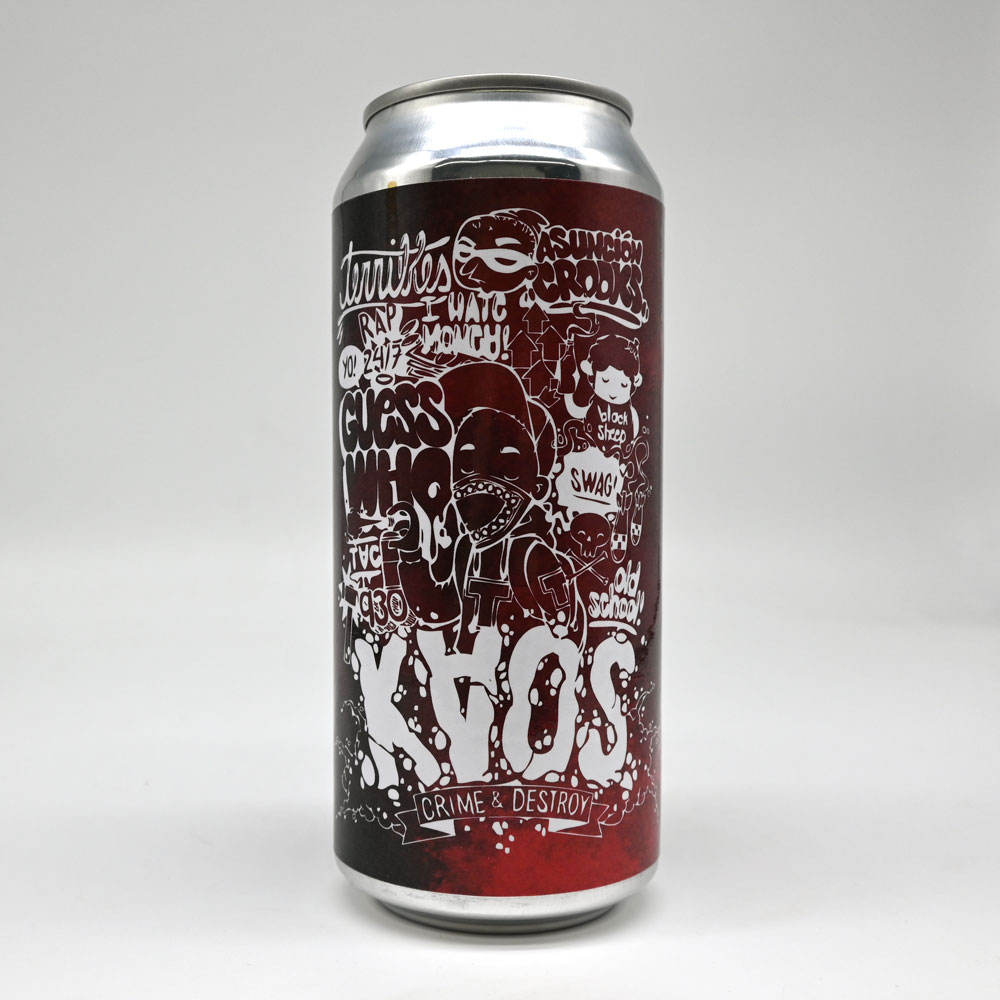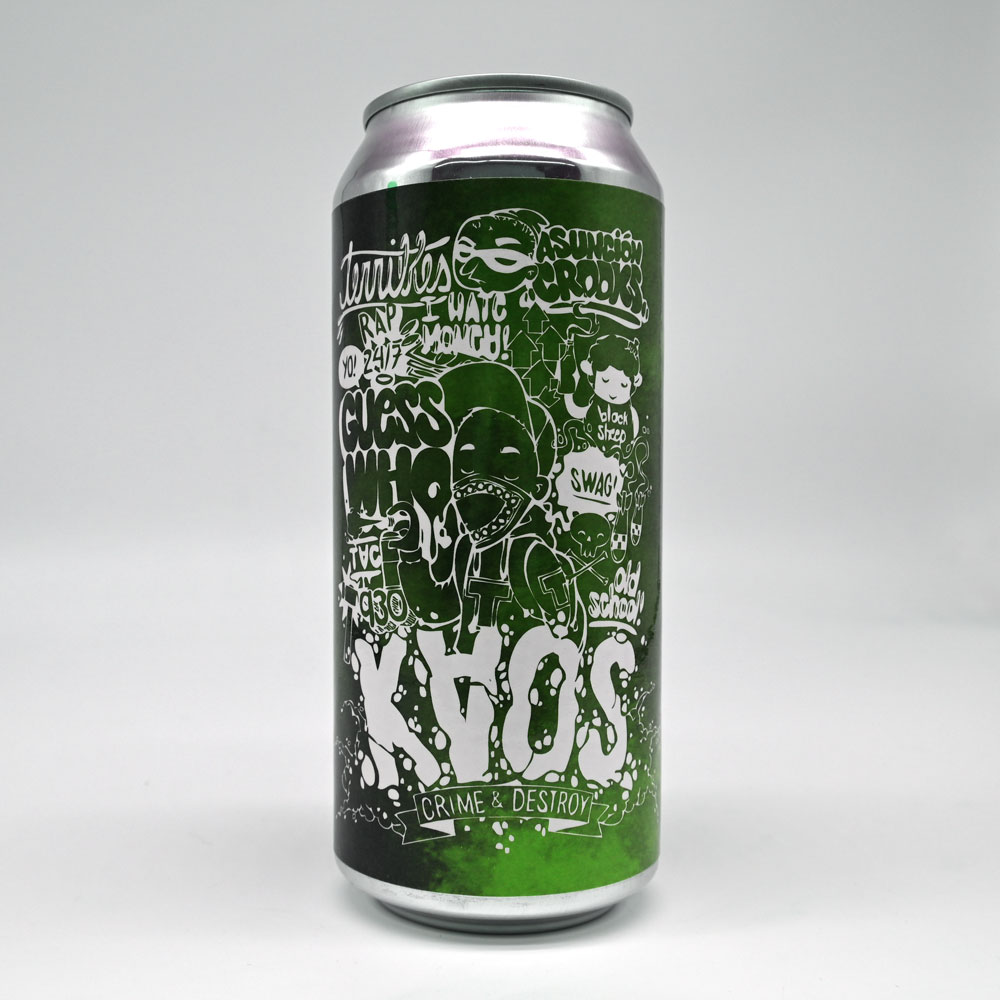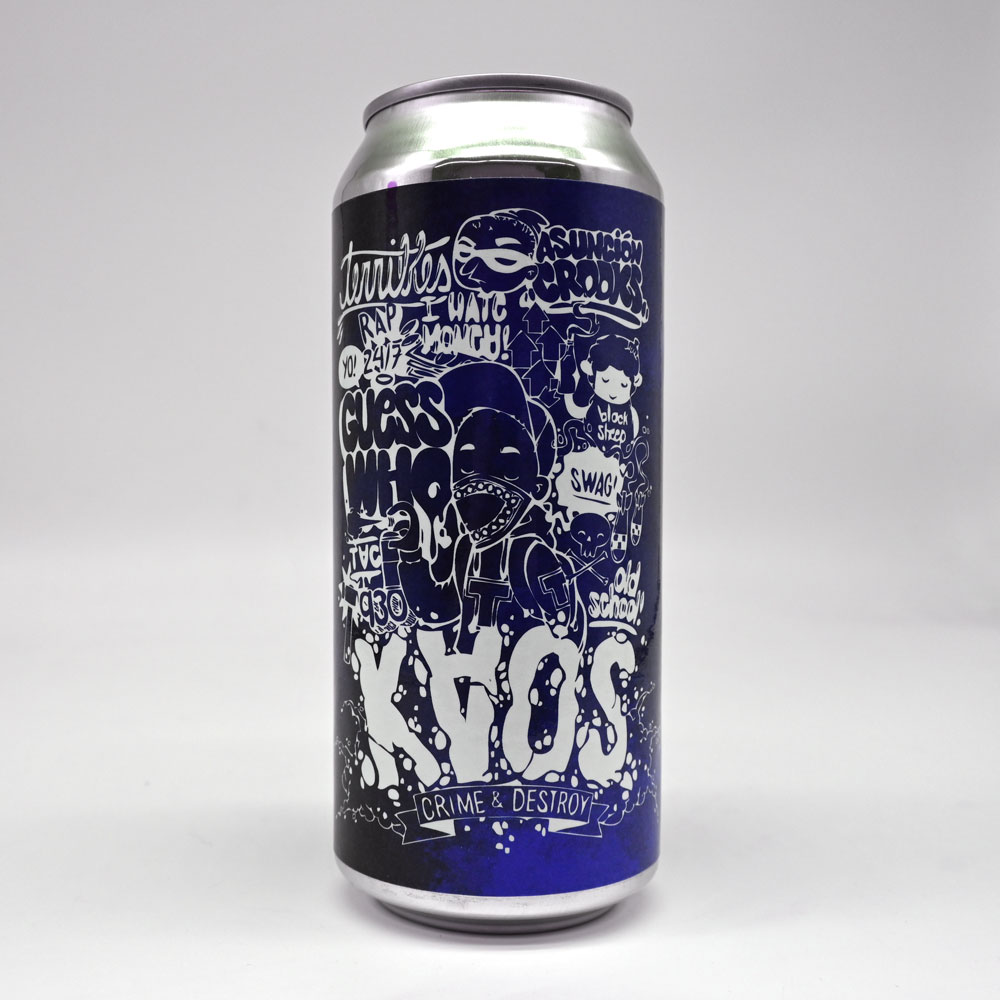
Printed labels are an essential part of any product packaging. They are used to provide critical information such as product details, instructions for use, and safety warnings. Without printed labels, it would be challenging for consumers to identify and understand the products they purchase, leading to confusion and potential safety risks.

The importance of printed labels goes beyond just providing information. They also play a vital role in branding and marketing products. Printed labels can be customized with brand logos, designs, and colors to enhance product appeal and create a lasting impression on consumers.
In recent years, advancements in printing technology have made it possible to produce high-quality labels with various printing techniques, including flexography, offset, digital, and screen printing. These techniques allow for the production of labels with high-resolution graphics, vibrant colors, and intricate designs, making it easier for brands to stand out in a crowded market.

Printed labels can also be customized to meet specific industry requirements. For example, in the food industry, labels must comply with regulatory requirements such as nutrition information, ingredients, and allergen warnings. In the pharmaceutical industry, labels must comply with strict regulations for product information and safety.
Beyond industry-specific requirements, printed labels can also be used for security purposes. Security labels can feature tamper-evident designs that help to prevent counterfeiting and ensure the integrity of the product.

In conclusion, printed labels are an essential component of product packaging. They provide valuable information to consumers, enhance product appeal, and help to ensure compliance with industry standards and regulations. With advancements in printing technology, brands can now produce high-quality labels that meet their specific needs and requirements, making them a valuable asset for any business.